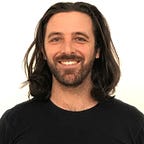A lesson in not assuming facts, and the value of constant experimentation in business.
In science, there are fundamental theories that we tend to hold as truth. Gravity would be a good example. We know that gravity is still a theory, but everyone understands with certainty what happens when you jump off a cliff.
